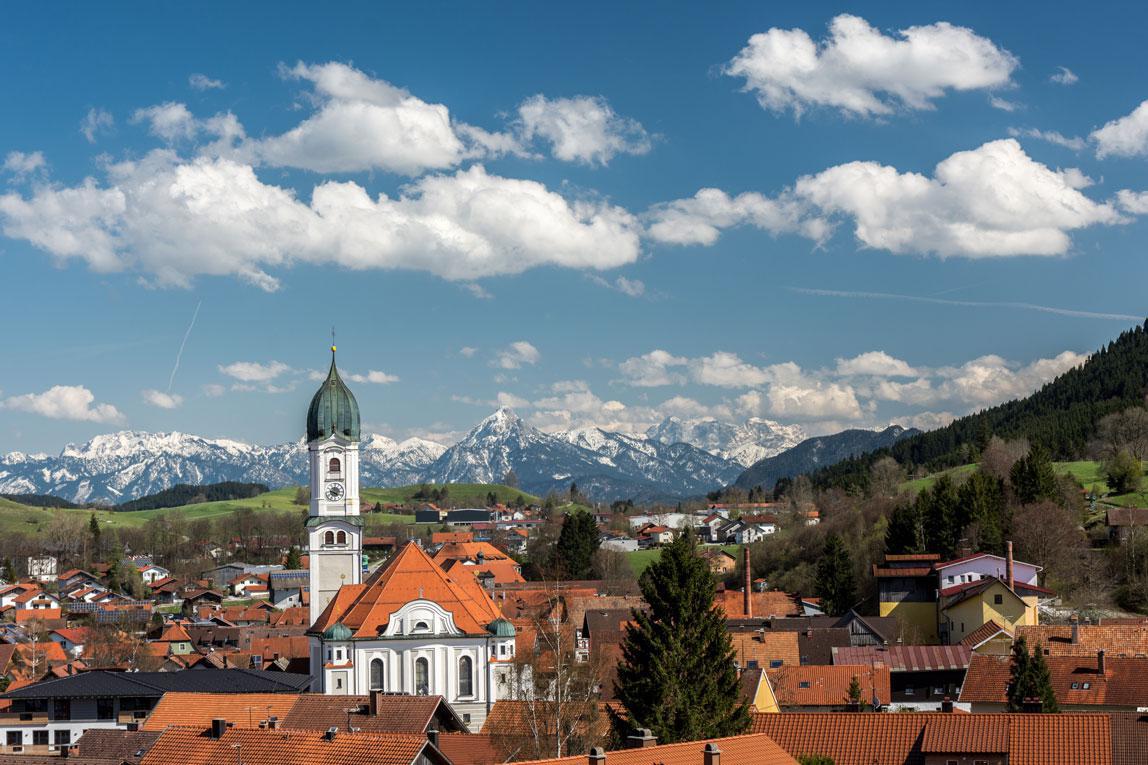- Startseite -
- Digital Bavaria -
- Blog #bytevaria - Bavaria's dialects: from “Schderapfudzger” and “Knedla”
Bavaria's dialects: from “Schderapfudzger” and “Knedla”
Bavaria is a culturally diverse country and yet the concept of culture goes far beyond the much-quoted and worn Dirndl or the wheat beer that is now exported worldwide. Because one of the most important Bavarian cultural assets is its language. Or should you say: its languages? More than 60 dialects are spoken in Bavaria. A tradition that is being deliberately cultivated more than ever before.

The history of Bavaria’s language, as we know it today, starts around one century AD. The first Teutons from the North settled in today’s Bavaria at that time. They brought their at this time still Proto-Germanic language with them to a Latin language area still influenced by the strong Roman rule at that time. Over the next few centuries, the Germanic tribes mingle with the Celto-Roman Boii already living there, gradually resulting in the Germanic-Celtic style Bavarian tribe.
When the Roman Empire ended around 400 AD and the West Roman Empire perished (around 500 AD), Bavaria quickly became an autonomous region, emancipating itself linguistically from its Germanic roots in the course of the second, Old High German sound shift (around 600 AD) too. The first surviving traditions and poems in the Bavarian vernacular date from the 8th century AD. Since then, the Bavarian dialect has been divided into Upper, Middle and Lower Bavarian dialects, some of which have survived or developed over the centuries.
Bavarian is more than just "Bavarian"
As a result of the successful history of the Bavarian dukes and kings, the state grew appreciably and with it the language area it included. That is why many dialects are spoken in Bavaria today bordering the Bavarian language area. In particular, Frankish, Swabian and Alemannic. Resulting, for example in the little word “euch” sometimes being pronounced “aich”, sometimes “oich”, sometimes “enk” and sometimes “ui” in Bavaria, depending on where you happen to be at the time.

Formerly, these dialects formed the local languages, which also served to differentiate them from other regions and their inhabitants. Today, only about half of Bavaria’s 12 million inhabitants speak dialect. Dialect researchers predict that Bavarian will even be completely extinct in the metropolitan region of Munich by 2040. Whether this scenario is true or not, it is evident anyway that the dialect is now on the decline again. Closely linked to this is the emergence of the German state, which helped spread High German, a purely written language in the 16th century, into everyday use. Added to this is society’s increased mobility and internationalisation, which makes life more difficult for dialects.
Bavarian dialects as a valuable cultural asset
A phenomenon that is affecting virtually all German dialects and many dialects worldwide. So it is not surprising that Bavaria’s linguistic tradition, which has developed over centuries, is being cultivated more intensively and above all more deliberately than ever before today: numerous institutions, associations and awards have recently emerged for this purpose and have made it their job to cultivate the Bavarian dialect and all the dialects spoken in Bavaria.
For example, nowadays there is a Förderverein Bairische Sprache und Dialekte e.V. association, a Bavarian Dialect Award and the annual Bavarian Dialect Day in Deggendorf. Politics are also discussing educational initiatives that help establish the Bavarian language more in people's everyday lives again. So that Nuremberg locals will order their “Knedla”, the people of Regensburg will greet you with “Pfiat di” and you can light up a “Schderapfudzger” on New Year’s Eve in Augsburg in future too.
You can find more about the Bavarian culture in our “Traditional dress and Oktoberfest tradition”.

春日井市/エアランゲン:ケーブルのスペシャリストである日本のホッコーが、ニュルンベルク=エアランゲン大都市圏にヨーロッパ本社を設立

バイエルンの日本企業対象 異業種間ネットワークイベント

![[Translate to English:] [Translate to English:]](https://ik.imagekit.io/sgliwi1izsz/_processed_/d/2/csm__C7A6516_958501c6cc.jpg?tr=w-1024 1024w, https://ik.imagekit.io/sgliwi1izsz/_processed_/d/2/csm__C7A6516_958501c6cc.jpg?tr=w-1280 1280w, https://ik.imagekit.io/sgliwi1izsz/_processed_/d/2/csm__C7A6516_958501c6cc.jpg?tr=w-1536 1536w, https://ik.imagekit.io/sgliwi1izsz/_processed_/d/2/csm__C7A6516_958501c6cc.jpg?tr=w-1920 1920w)